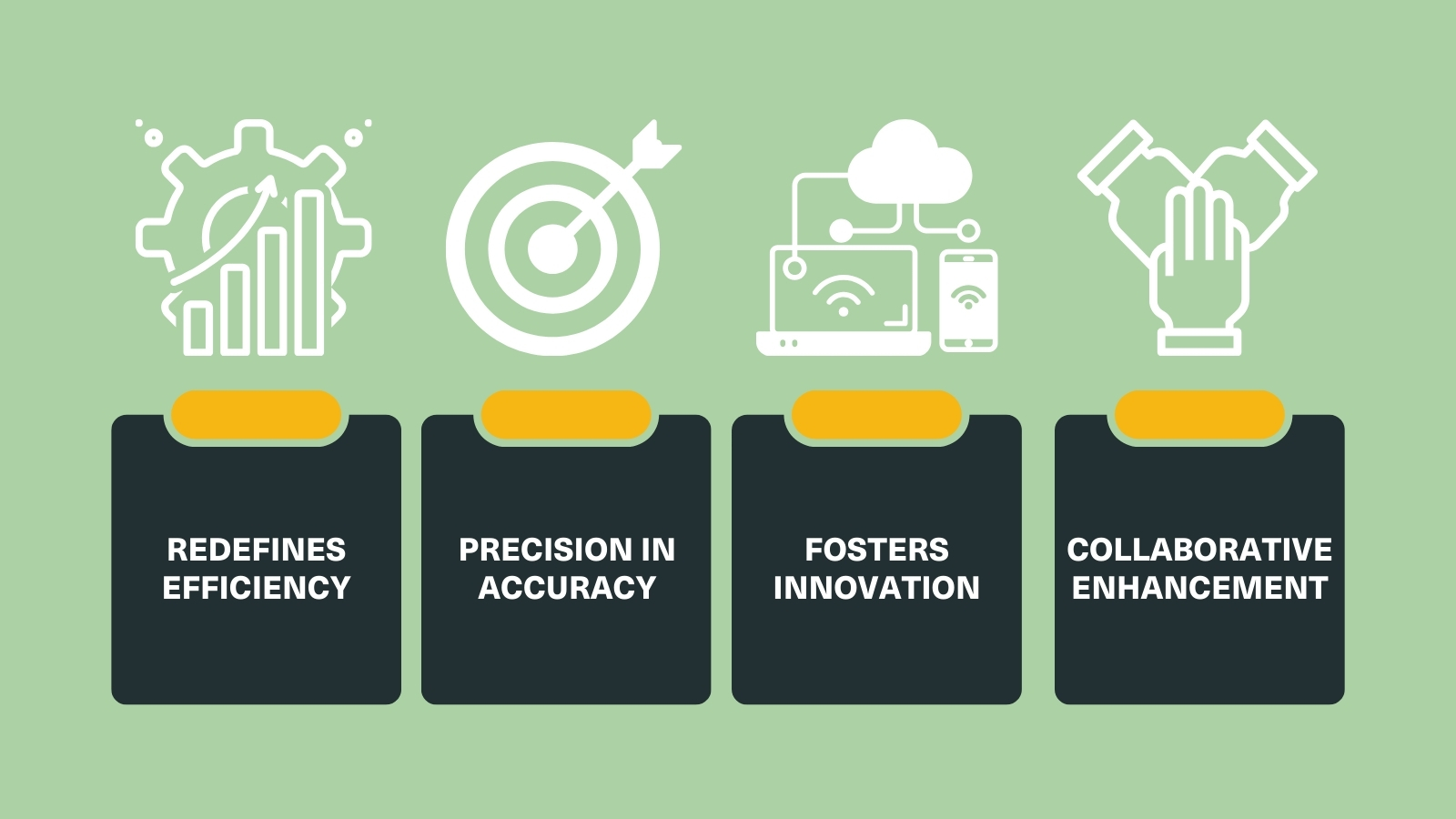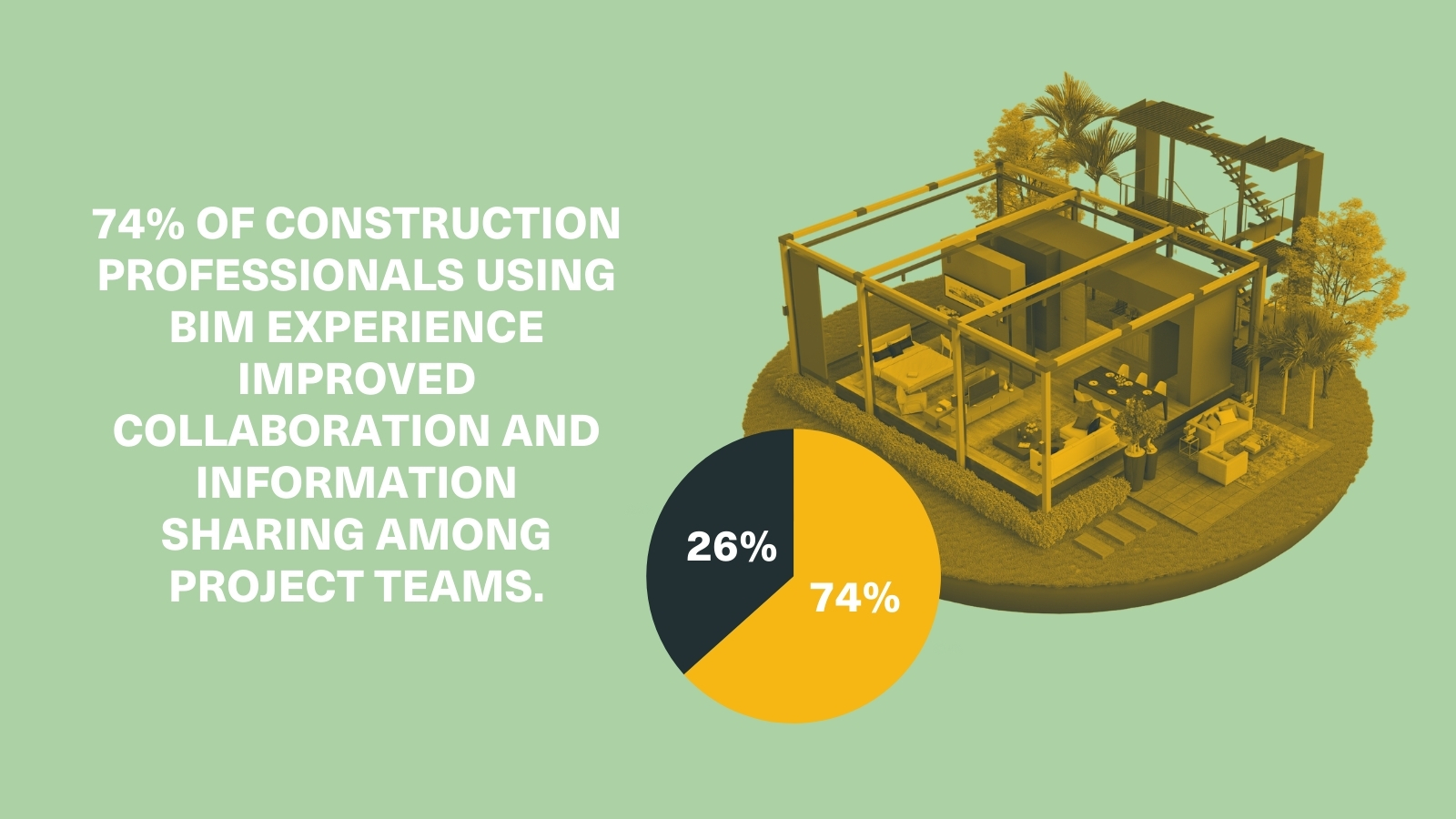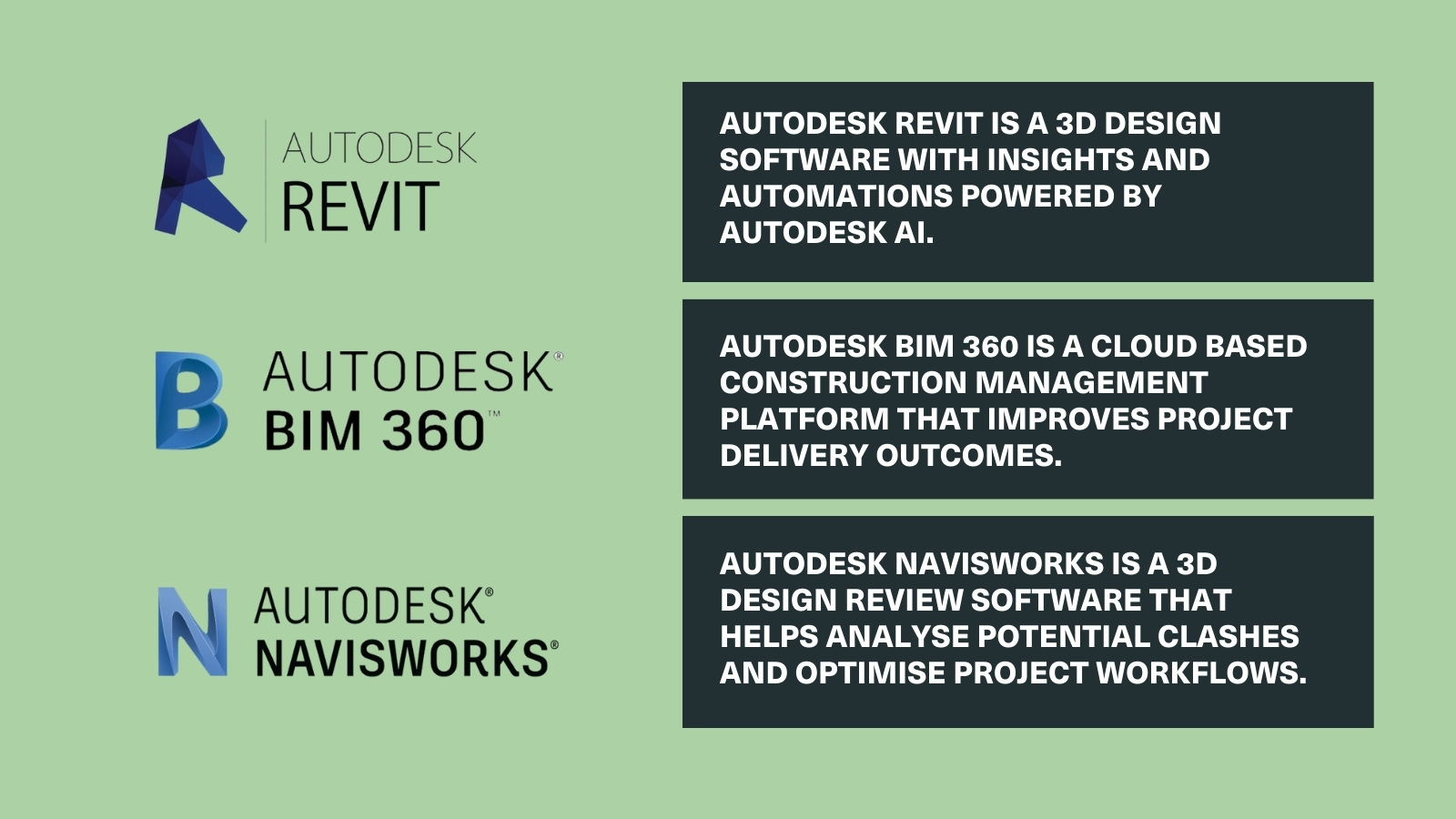The construction industry is undergoing a significant digital transformation, with Building Information Modelling (BIM) leading the charge. In 2024, BIM continues to be a game-changer, revolutionising project management and collaboration in ways that were unimaginable just a few years ago. By driving efficiency, enhancing accuracy, and fostering innovation, BIM has become an indispensable tool for modern construction projects.
What is BIM?
Building Information Modelling (BIM) is a digital representation of the physical and functional characteristics of a facility. It serves as a shared knowledge resource for information about a facility, forming a reliable basis for decisions during its project lifecycle, from the earliest conception to demolition.
BIM enhances project management by improving planning, scheduling, and resource allocation, leading to more efficient project delivery. It also fosters collaboration by enabling real-time information sharing and coordination among all stakeholders.
What are the Key Benefits of BIM for Project Managers?

Efficiency Redefined
BIM streamlines the construction process from start to finish. Traditional methods often involve numerous paper-based plans and documents, leading to miscommunication and delays. BIM, however, integrates all these elements into a single, digital 3D model. This model is available to everyone involved in the project with access, ensuring that all stakeholders are on the same page.
The result? Faster decision-making, reduced waste, and significant cost savings. Imagine being able to manage every aspect of your project in real-time, making adjustments on the fly, and instantly seeing the impact of those changes.
Precision and Accuracy
Accuracy is crucial in construction. Even a minor error can lead to costly rework and delays. BIM eliminates many of these errors by providing a highly detailed and accurate representation of the project. This digital model includes precise measurements, material specifications, and timelines, reducing the likelihood of mistakes.
Project managers can identify potential issues before they become problems, ensuring that the project stays on track and within budget. This level of precision not only improves the quality of the final product but also enhances safety on the construction site.
Fostering Innovation
BIM isn’t just about efficiency and accuracy; it's also a catalyst for innovation. The collaborative nature of BIM encourages creative problem-solving and the exploration of new ideas. Architects, engineers, and contractors can work together more effectively, leveraging each other’s expertise to develop innovative solutions.
For instance, BIM allows for advanced simulations and sustainability analysis, such as energy performance and structural integrity, helping to design buildings that are not only functional but also sustainable and resilient. This holistic approach leads to smarter, more innovative construction practices.
Enhanced Collaboration
One of the most transformative aspects of BIM is its ability to enhance collaboration among project stakeholders. With BIM, everyone involved in the project—owners, architects, engineers, and contractors—can access the same information in real-time. This transparency fosters better communication and collaboration, reducing misunderstandings and conflicts. According to a Dodge Data & Analytics report, 74% of construction professionals using BIM experience improved collaboration and information sharing among project teams.
Teams can work together more cohesively, making decisions faster and more efficiently. The integrated nature of BIM also means that changes made by one party are instantly visible to others, ensuring that everyone is always up to date. This purely helps the project management at the forefront of co-ordination.

What are the Most Popular BIM Software?
Autodesk Revit
Autodesk Revit is a leading BIM software known for its robust design and modelling capabilities. It provides an integrated environment where architects, engineers, and construction professionals can collaborate efficiently.
Revit allows users to create detailed 3D models that include architectural, structural, and MEP (mechanical, electrical, plumbing) elements. The software supports real-time collaboration, enabling multiple stakeholders to work on the same model simultaneously. This feature is critical for ensuring that everyone involved in the project is on the same page, reducing the risk of errors and miscommunications.
Revit's parametric modelling ensures that any changes made to the design are automatically updated across the entire model. This consistency helps maintain the integrity of the design and reduces rework. Additionally, Revit's scheduling tools allow project managers to generate accurate timelines and resource allocation plans, improving overall project efficiency.
BIM 360
BIM 360 is a cloud-based BIM management solution from Autodesk, designed to streamline construction project workflows and improve collaboration among project teams.
BIM 360 offers a centralised platform for managing project data, facilitating document management, field management, and project collaboration. Its real-time data sharing capabilities allow project managers to access up-to-date information from anywhere, enhancing decision-making processes.
With BIM 360, project managers can track progress, identify potential issues early, and coordinate tasks more effectively. The software's issue tracking and reporting tools enable proactive problem-solving, reducing delays and cost overruns. Additionally, BIM 360's integration with other Autodesk products, including Revit, ensures seamless data flow and improves overall project coordination.
Navisworks
Navisworks, another powerful tool from Autodesk, is designed for project review, coordination, and clash detection. It is particularly valuable for managing complex construction projects.
Navisworks allows users to combine design data from various sources into a single model, facilitating comprehensive project reviews. Its clash detection tools identify and resolve conflicts between different building systems before construction begins, minimising costly on-site changes.
For project managers, Navisworks provides a holistic view of the project, enabling better coordination and communication among team members. The software's 4D simulation capabilities allow for the integration of time-related data, helping project managers create accurate construction schedules and visualise the project timeline. This foresight aids in planning and resource management, ensuring that projects stay on track and within budget.

Practical Tips for Implementing BIM
To fully leverage the benefits of BIM, consider these practical tips:
- Invest in Training: Ensure your team is well-trained in using BIM tools and understanding its methodology. At Stonehaven, we prioritise continuous learning for various skill levels and project requirements. This proactive approach not only enhances individual competencies but also fosters a culture of innovation and efficiency within our teams.
- Choose the Right Software: Select BIM software that aligns with your project needs and integrates well with your existing tools. At Stonehaven, we use software like Autodesk Construction Cloud that seamlessly integrates with existing tools and meets specific project needs. This ensures streamlined workflows, enhanced data management, and improved collaboration across all project phases.
- Collaborate Actively: Encourage active collaboration among all project stakeholders. Active collaboration is central to our project management strategy. We promote frequent stakeholder meetings and updates to maintain alignment and address potential challenges promptly. By facilitating open communication and shared decision-making, we ensure that project goals are achieved efficiently and effectively.
Conclusion
In 2024, BIM continues to transform project management and collaboration in the construction industry. By enhancing visualisation, planning, cost estimation, and risk mitigation, BIM is a game-changer. It fosters better collaboration through centralised data, real-time updates, interdisciplinary integration, and enhanced stakeholder engagement.
About us
Elevate your projects with Stonehaven's BIM services. From design to construction, our expert team ensures accuracy and optimisation every step of the way. With our comprehensive BIM services, we help you navigate the complexities of modern construction projects, ensuring successful outcomes and satisfied stakeholders.
At Stonehaven, our commitment to BIM expertise extends beyond technology—it's about empowering our project management teams and partners with the knowledge and tools needed for successful project outcomes. By investing in training, selecting optimal software solutions, and fostering collaborative environments, we deliver projects that exceed expectations and drive industry excellence.
For more information on how BIM can revolutionise your next project, explore our services at Stonehaven.








